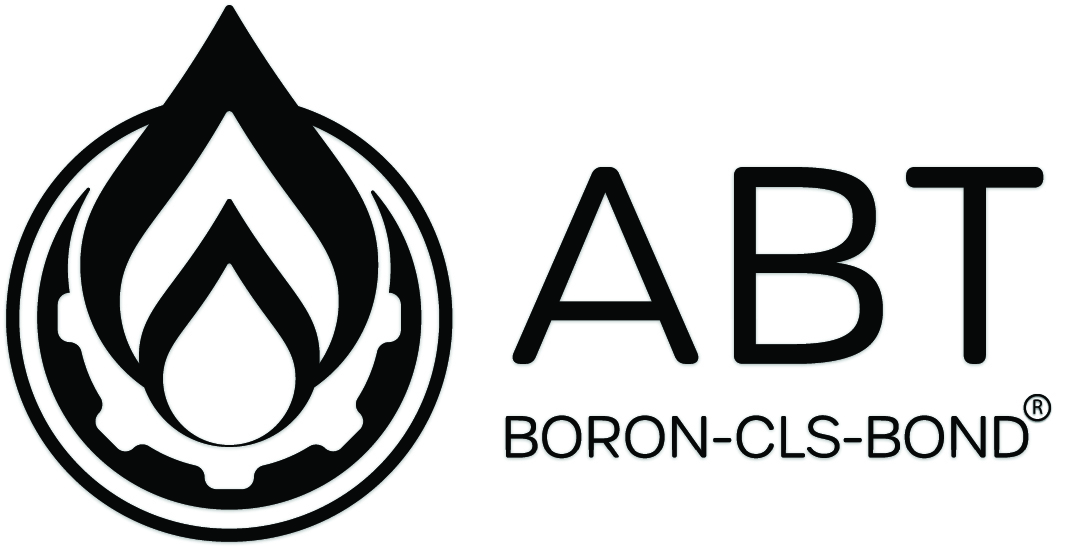A CFOs Guide to Managing Your Nonprofit Operating Budget
Efficient management of office supplies and utilities is another key operating expense. By adopting cost-effective technology expenses in nonprofits and streamlining administrative processes, charities can reduce their cost to run a charity significantly. For example, using cloud-based software may reduce physical storage and computing costs by up to 25%, as demonstrated by industry benchmarks. Competitive salaries not only attract experienced professionals but also help maintain operational stability in a charity nonprofit operating costs structure.
What is a Nonprofit Budget Template?
Boards should analyze variances and consider if there will be any impact on the upcoming budget. This is also a prime opportunity to clarify the annual goals from the strategic plan. Gather historical financial data, project future revenue sources, and estimate program costs. Use a program-based approach to understand true costs, include adequate overhead allocation, and build in reserves. Involve key stakeholders in the planning process and create regular review cycles for monitoring and adjustments.
Nonprofit Budgeting: How to Get Started + Template
- Organizations might spend 10-15% of their total budget to cover travel, accommodation, and logistics, ensuring teams can reach the areas where services are needed most.
- As you follow this process, always remember to align your budget with your organization’s general goals and plans for future growth.
- Similarly, the cost of fundraising is valuable to programs and the final step is to allocate fundraising expenses to each.
- Before you can develop an accurate budget, you’ll need to gain a clear understanding of the nonprofit’s financial situation.
- Transparency fosters trust and ensures everyone is working toward the same financial goals.
- The ultimate guide to selecting the best accounting and financial management software for your nonprofit.
An assessment of your readiness should therefore also consider the external factors and trends shaping the current context, as well as past performance of your programs. Fundraising is already challenging enough, but keeping your organization financially sustainable adds another layer of responsibility. Donors and stakeholders demand transparency in how their contributions are utilized. What this practice says to your stakeholders, both internal and external, is that you know your mission will still be relevant after the fiscal year. Grab a free copy of this comprehensive guide to developing your business from scratch.
Important considerations in evaluating a nonprofit budget
The most common basis for allocating fundraising costs is based on percentage of total support received by each program. This method matches the percentage of fundraising expense charged to a program to the percentage of contributed income that program receives. We leave this step until last because some accounting services for nonprofit organizations funders, including many government funders, will not allow fundraising expenses to be charged to their grants or contracts.
- As I hope you now see, a lot goes into determining a nonprofit operating budget.
- One key to writing strong grant applications is being clear about how you’ll use the funding you’re requesting.
- This will help to ensure that the budget is aligned with the organization’s overall strategy and that resources are being allocated in a way that supports the achievement of these goals.
- One way that board and staff plan for income and expenses in the future is by creating a budget.
- Nonprofit financial management focuses on minimizing costs through cost-effective transportation and accommodation solutions and by utilizing local resources wherever possible.
Divide resources and funds accordingly, prioritizing activities that directly contribute to your goals. Every nonprofit https://holycitysinner.com/top-benefits-of-accounting-services-for-nonprofit-organizati/ incurs overhead expenses to help fund and operate the organization. These expenses include things like payroll, rent, utilities, contractors, fundraising costs, and more.






